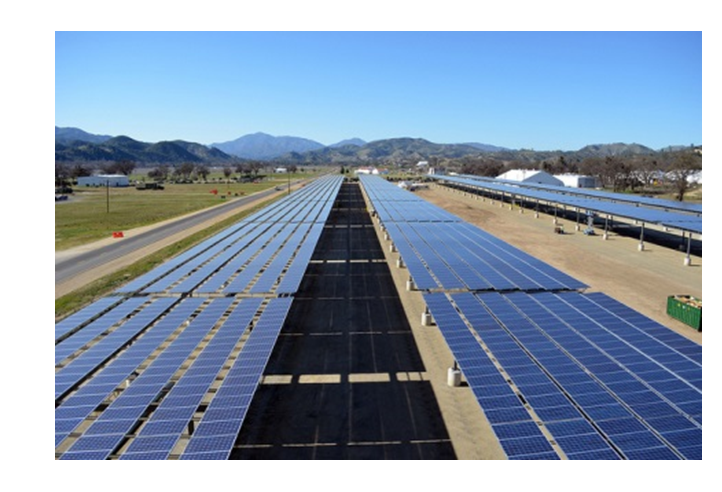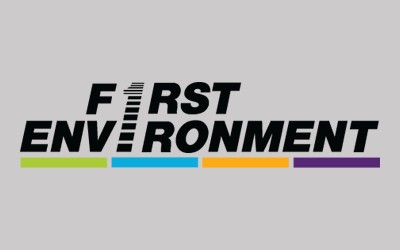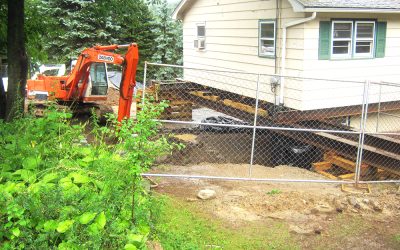New Town Center Microgrid Feasibility Study Incentive
 On October 29, 2012, Superstorm Sandy struck New Jersey, leaving an estimated 2.4 million New Jersey households without power, and some of them were to stay that way for more than a week. Based on a review of events like this, and of the electrical grid that supports us, New Jersey has recently released an update to the State Energy Master Plan that establishes a new goal to “Improve Energy Infrastructure Resiliency & Emergency Preparedness and Response.”
On October 29, 2012, Superstorm Sandy struck New Jersey, leaving an estimated 2.4 million New Jersey households without power, and some of them were to stay that way for more than a week. Based on a review of events like this, and of the electrical grid that supports us, New Jersey has recently released an update to the State Energy Master Plan that establishes a new goal to “Improve Energy Infrastructure Resiliency & Emergency Preparedness and Response.”
One of the policy recommendations included in this update was to increase the use of microgrids – considered a type of Distributed Energy Resources (DER, or Distributed Generation) – to provide a measure of resiliency and reliability in the event of a major storm. Specifically, the new policy recommends that “The State should continue its work with the USDOE, the utilities, local and state governments and other strategic partners to identify, design and implement Town Center DER microgrids to power critical facilities and services across the State.”
According to the U.S. Department of Energy, a microgrid is “a local energy grid with control capability, which means it can disconnect from the traditional grid and operate autonomously.” In other words, in the case of a failure of the larger pow er grid from a bad storm, terrorist attack, or other disaster, local generation of electrical power distributed through a local microgrid can allow a town center (or other critical piece of infrastructure, such as a water distribution plant) to separate themselves from the grid and continue to operate independently. Many of our municipalities and authorities can do this already using backup power generation from emergency generators, but these are usually designed to run for only relatively short periods of time. Also, following Superstorm Sandy, diesel fuel for emergency power generation quickly became scarce.
In this scenario, the municipality/town center (or authority) would own the microgrid and the source for generating the power it shares. Since the financial incentives usually favor more efficient forms of power generation (such as co-generation – the generation of electricity and usable heat), the costs for power generation can be at or near the costs for purchasing power from the main grid. The real advantages can be found in improvements for delivering resilient, secure, and reliable power to “critical facilities” identified by the municipality during power outage events affecting the main power grid.
In order to start to meet this goal, the Board of Public Utilities (BPU) and the New Jersey Institute of Technology (NJIT) did a study to map potential New Jersey Town Centers for likely candidates for microgrid applications. The report identified 24 potential microgrid locations in 17 municipalities as “may be suitable for community microgrids.” From this study, the State of New Jersey and the BPU have created a grant program called the “Town Center Distributed Energy Resource Microgrid Feasibility Study Incentive Program,” to be managed by the BPU. The first phase of this program is a grant program to fund initial feasibility studies to determine if a Town Center is a good candidate for a microgrid. The program offers up to $200,000.00 to look at initial feasibility, with subsequent grants anticipated to be available to assist further development of an engineering design or microgrid, pending approval by the BPU.
To be considered, applicants need to show that they can incorporate multiple “critical facilities” into their microgrid design. Critical facilities can be a municipal complex, water (or wastewater) treatment facilities, emergency response facilities, or other facilities that provide essential services and emergency response in their community.
It is not necessary for a town center to be one of those identified by the NJIT report, but for municipalities not identified by the study the applicant will need to provide documentation to show they meet the screening criteria used by that study. The BPU considers this application process to be “quasi-competitive,” and there will be a 60 day window for submitting applications. For further information, please refer to the following:
1. The “Phase 1 Application Process” document for developing an application for a Feasibility Grant can be found here:
2. The NJIT “New Jersey Town Centers Distributed Energy Resource Microgrids Potential” report can be found here:
http://www.njcleanenergy.com/files/file/Technical%20Memo_Oct_31%20(2).pdf

Rich manages First Environment’s state and local government sector work, encompassing environmental consulting and regulatory compliance services. He specializes in working collaboratively with municipal utility authorities and wastewater treatment plants to develop environmental programs that maximize resource use and recovery of derived waste, as well as identify available public funding for such projects. By integrating sustainability objectives and solutions with existing systems, Rich helps agencies create new revenue streams, promote beneficial reuse, and realize significant cost savings over time. He also has experience creating, revising, and invigorating recycling programs to help clients reduce solid waste and the disposal costs associated with it. All of the recycling programs he has developed and managed have been coordinated into a multi-media approach for pollution prevention planning and environmentally sound sustainable development. Rich also helps public and private clients manage corporate environmental requirements such as Superfund Amendments and Reauthorization Act (SARA), pollution prevention plan design, stormwater permitting, spill prevention and control, hazard communications, Title V facility air permitting, air pollution, and hazardous waste reporting.






